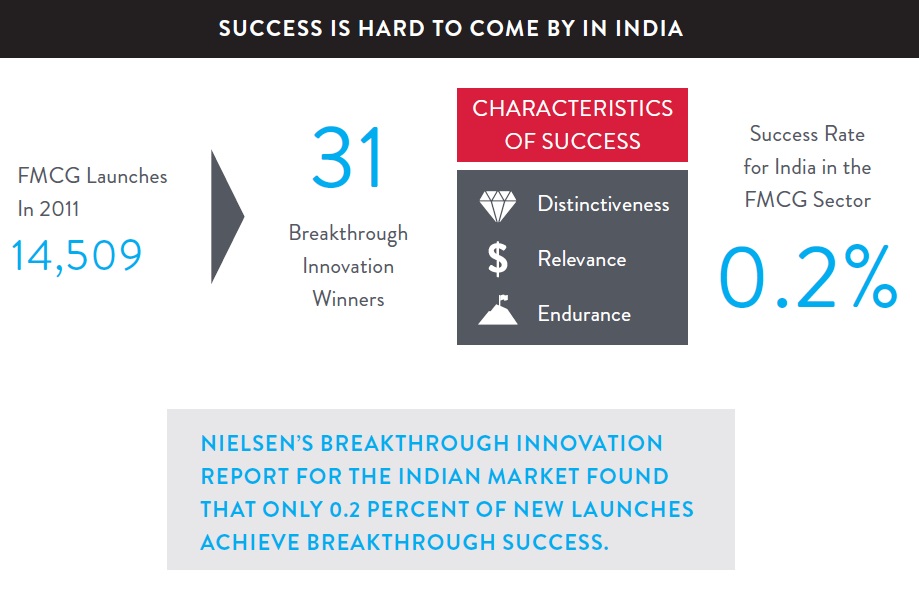Going after growth
Markets reward growth, but high growth isn’t always easy to attain. The good news, however, is that growth can be quite the virtuous cycle. Brands that outgrow their categories get noticed and tend to attract more investments. And growing brands are often seen as vibrant and contemporary, and in many ways, this is what fuels future growth.
It’s common knowledge that marketers are in the business of growing their brands by generating consumer demand for them. It’s also no secret that marketers can generate stronger demand if consumers view their brands as fresh, relevant and vibrant. To do this, marketers have long relied on innovation or renovation. While innovation involves introducing new variants or lines in the market, renovation involves re-staging or re-launching a brand. The classic marketer’s dilemma, therefore, involves balancing the time and energy they spend on brand renovation and brand innovation.
Innovation tends to be the most glamorous part of a brand manager’s role. Yet, innovating in India is far from easy. There are about 14,500 new products launched annually in India in the fast-moving consumer goods (FMCG) area alone, and very few of them garner breakthrough results. In fact, NielsenIQ’s Breakthrough Innovation Report for the Indian market found that only 0.2 percent of new launches achieve breakthrough success. And success doesn’t come much easier for the larger FMCG players where the breakthrough success hit rate is no higher than 1 in 20.

Said simply, innovation is necessary, difficult, and unlikely to consistently yield favorable outcomes. Innovation is not, however, a do or die proposition. That’s because many large FMCG players derive less than five percent of their business from recently launched products. Innovations matter to financial success, but a company’s base business is what really matters.
Renovations come in many shapes and sizes. They can involve re-positioning a brand, re-staging a product’s pricing, and changing a product’s formulation. Generally, the objective is to refresh your core, evolve your brand and keep it contemporary. Typically, there’s more at stake for a brand when a renovation is underway than when an innovation is being launched. That’s because you’re rolling the dice with an established brand. They also require an in-depth understanding of your current consumer base, their motivations and an honest assessment of what your brand can and can’t do.
The four traits of winning renovations
- They don’t alienate current brand buyers
- They recruit new consumers to the brand and sometimes to the category
- They limit consumer confusion during the switchover
- They create new platforms for future innovation
When faced with a choice to renovate or innovate, pick both. Innovation can help attract new buyers and new usage occasions. It also tends to be the more attractive option for a blue-eyed brand manager. But don’t neglect the other side of the coin. Renovating your brand periodically helps you protect your core and build sustainable platforms for future innovation and growth.



